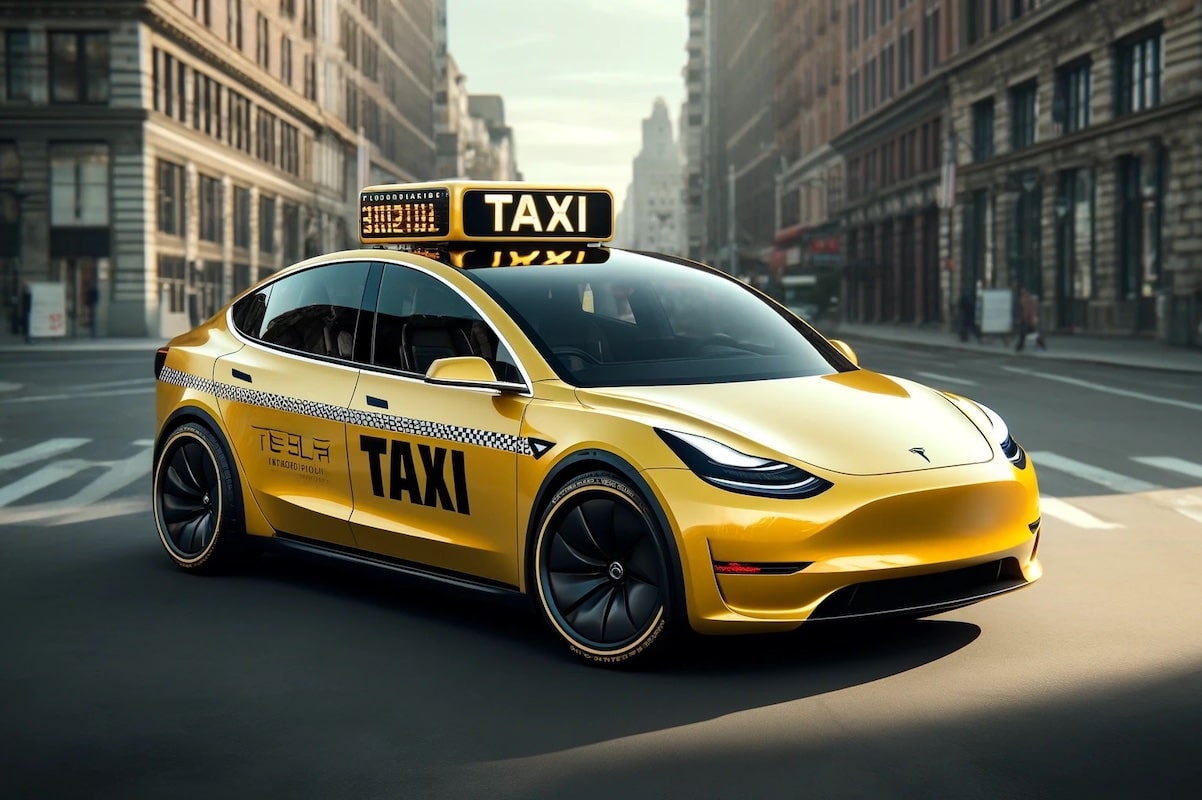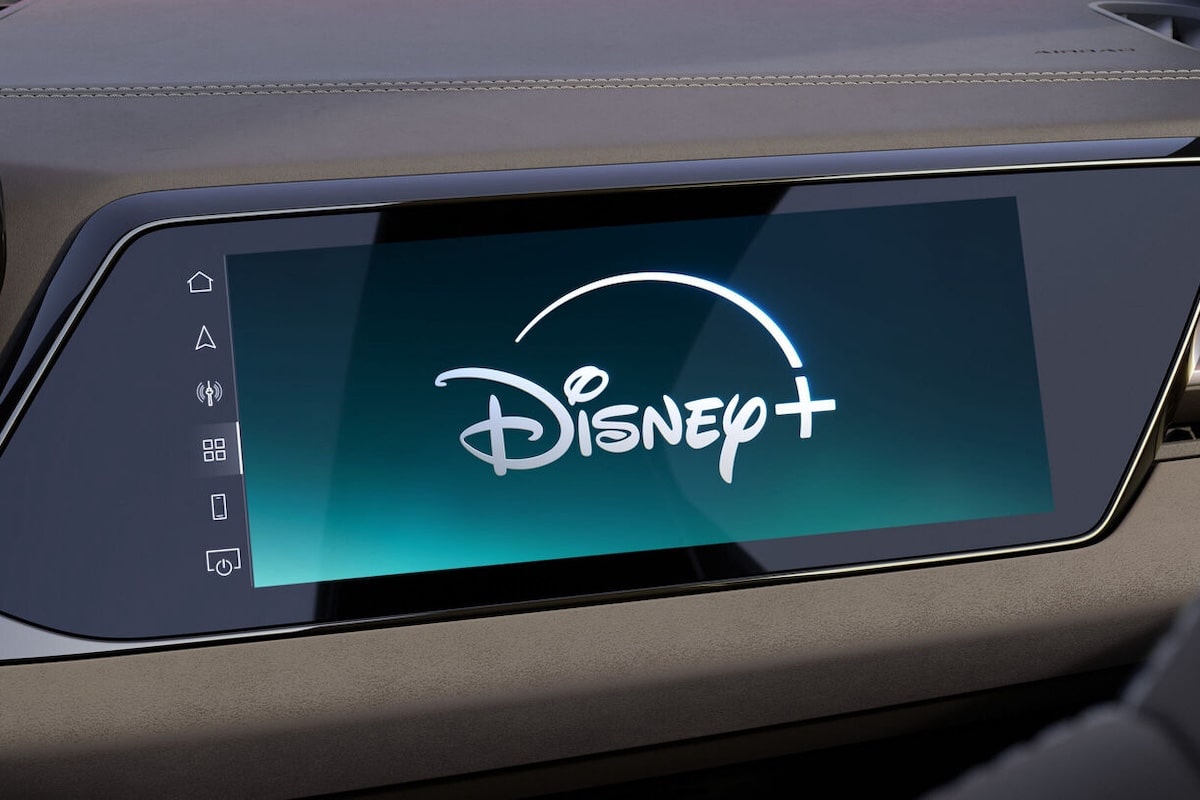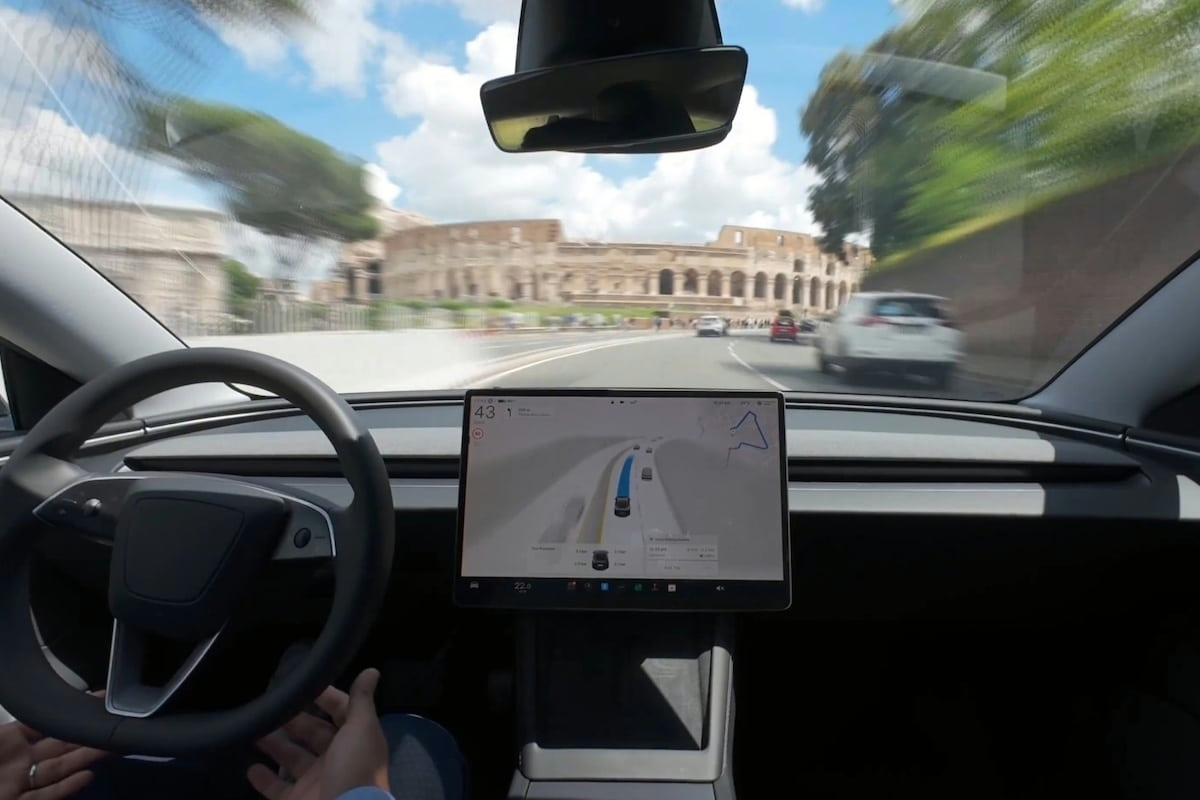Tesla Obtains Its Autonomous Taxi License

Tesla has just been authorized to test its autonomous vehicles in Austin, Texas, but lags behind its major rival Waymo.
Just days before the announced launch of its robotaxi service in Austin, Tesla has officially been registered as an autonomous vehicle (AV) operator in the testing phase on the city’s website. This development marks a key milestone in the brand’s long-awaited and repeatedly delayed autonomous mobility project.
For several months, Elon Musk has mentioned a June launch of an autonomous transport service in the Texas capital, with an initial target date around June 12. The program would start in a limited way: a small fleet of Model Y vehicles, equipped with the latest version of the “Full Self-Driving” (FSD) software, will operate in carefully designated areas of the city that are considered safe and suitable for testing.
Waymo remains the leader
But despite this advancement, the official Austin website starkly reminds us of the ground reality: while Tesla is just entering the testing phase, its main competitor, Waymo, is already in the active deployment phase. Google’s sister company is currently operating a public robotaxi service in the city via its Waymo One app, in partnership with Uber, after more than a year of rigorous testing, first with drivers, then without.

Tesla, on its part, has long avoided regulatory obligations by classifying its system as a simple ADAS (advanced driver-assistance system), placing the responsibility on the human driver. However, recent driverless trials that began at the end of May have forced the company to comply with the rules applicable to AVs.
In addition to Tesla and Waymo, other companies are listed among the operators: Zoox (Amazon), Motional (Hyundai), AVRide, and ADMT (Volkswagen), most of which are still in mapping or testing phases.
Tesla is betting on a radically different approach from its competitors: no lidar, no HD maps, but only cameras and AI learning from billions of miles of human driving. A bold gamble that must now prove its viability in a real and regulated environment.
Elon Musk has reiterated his ambition to launch the service before the end of June. The official acknowledgment by the city of Austin is an important step, but the road to commercial deployment still remains to be traveled.
ALSO READ: Tesla seeks to reassure on its autonomous driving
This page is translated from the original post "Tesla obtient sa licence de taxi autonome" in French.
We also suggestthese articles:
Also read






